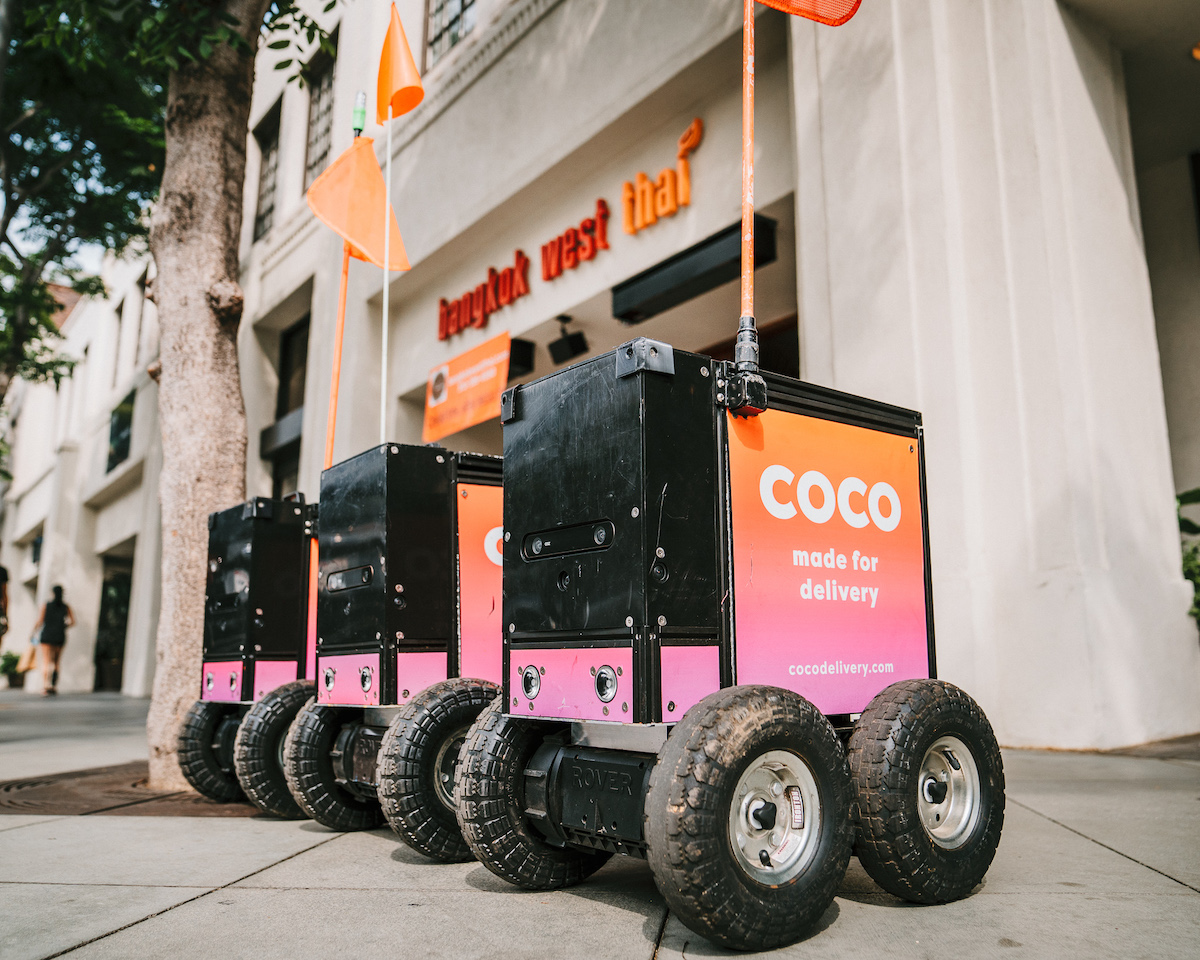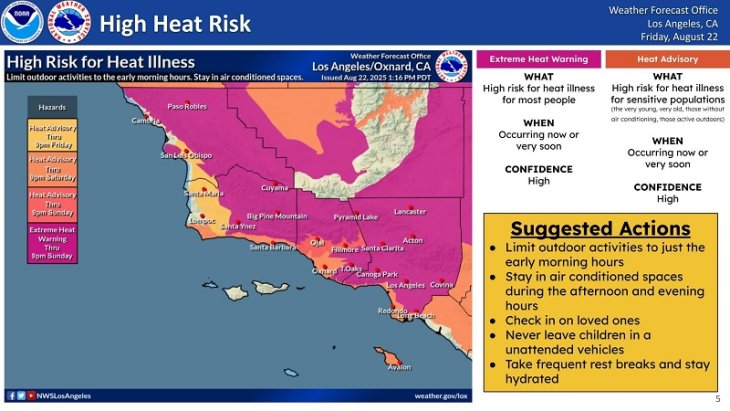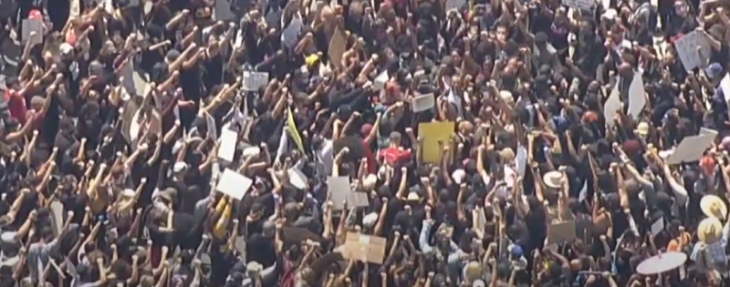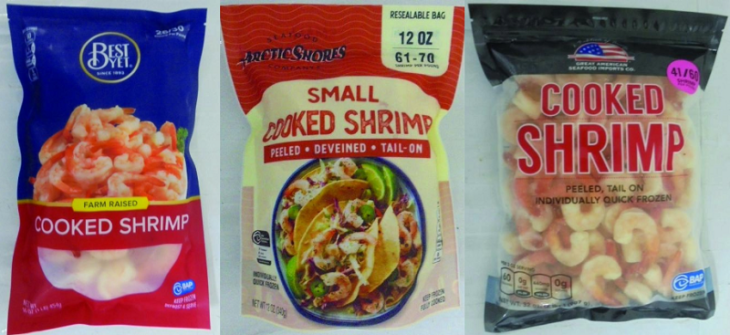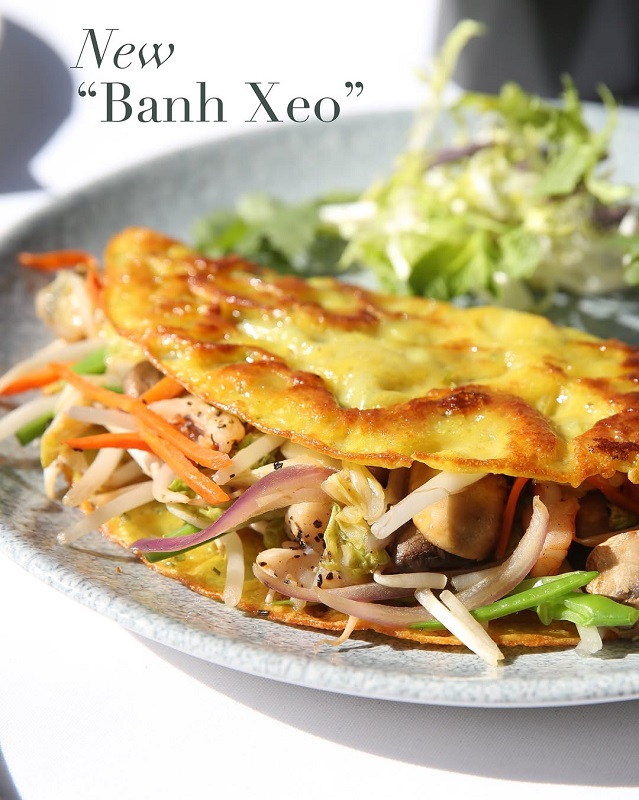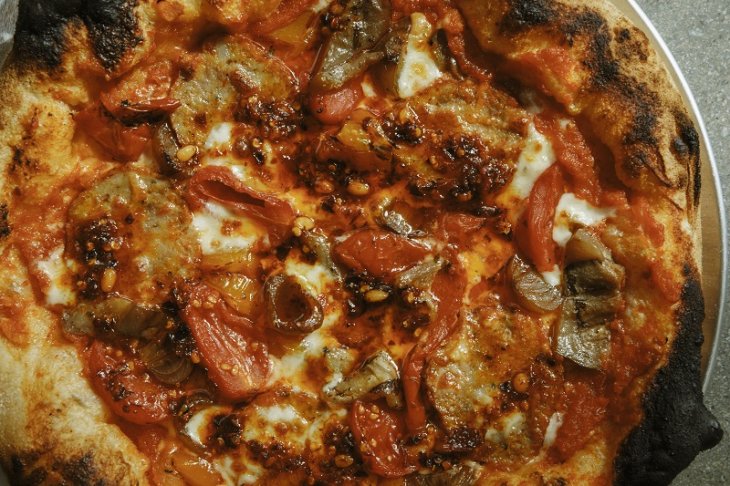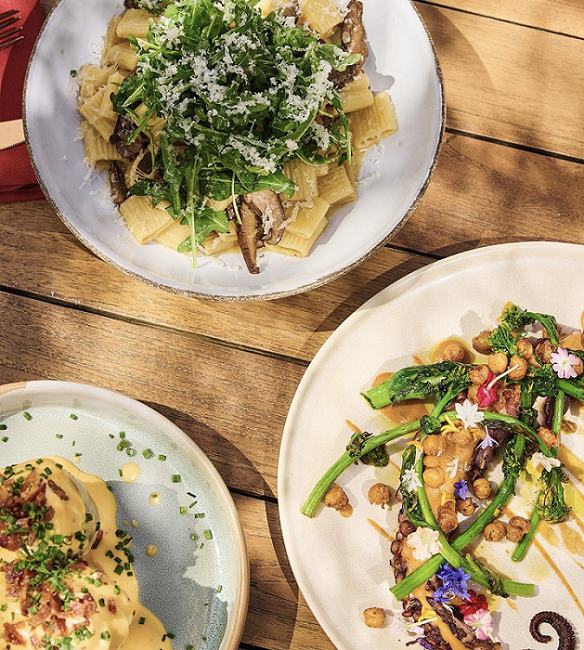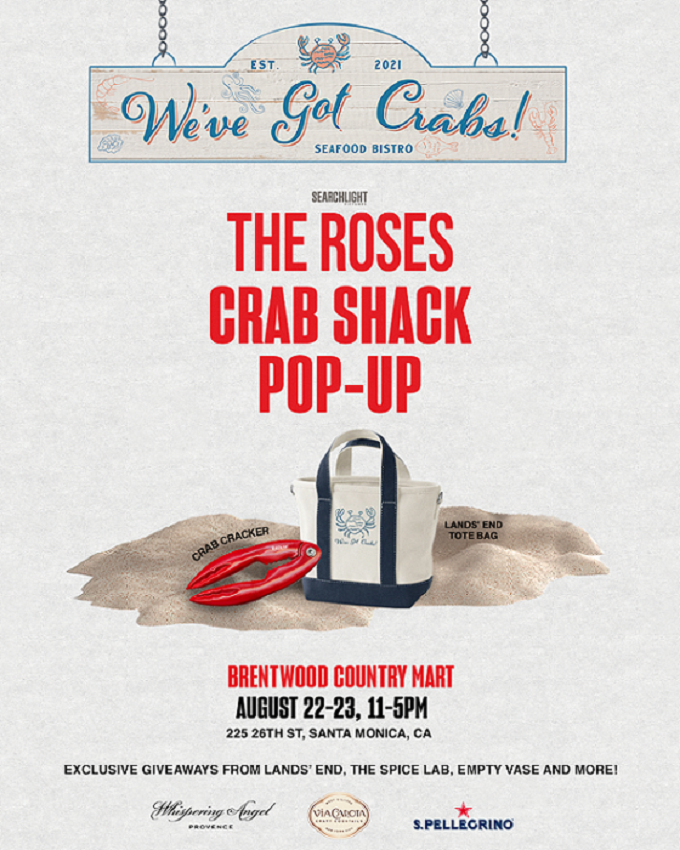Coco Delivery, is a completely contactless food delivery service that uses human piloted robots to deliver meals from the restaurant to homes. We asked the CEO of the company, Zach Rash, a few questions about how the service works and what benefit delivery robots can bring to the community.
Dolores Quintana: How did you become involved with the company or develop the idea for Coco?
Zach Rash: Before Coco, I attended UCLA, where I studied computer science and electrical engineering and co-founded the Connected and Autonomous Electric Vehicles (CAEV) consortium. While at CAEV, my cofounder Brad Squicciarini and I became interested in the application of robotics in the outdoor logistics space, but as we continued our research, we were surprised to learn how slow-moving and research-focused the robot delivery industry was, even after nearly a decade of testing. We set out to create a solution that could deliver immediate value for merchants and their customers. From there, the first incarnation of Coco was set into motion.
DQ: Why did robots become the delivery method of choice for Coco?
ZR: We strongly believe the delivery service industry in its current state is massively under-serving merchants with high commission rates, poor delivery reliability and consistency, compromised food quality, and inefficient pick up logistics for restaurant staff. In addition, cities everywhere are experiencing unprecedented traffic and driver shortages, two problems that are not likely to go away. Unfortunately, merchants are over-reliant on a few large delivery platforms whose profitability depends on charging excessive service fees, damaging the merchants’ margins. To break this cycle, the industry needs an on-demand delivery solution that does not depend on the availability of contracted couriers.
What is the basic philosophy of the business?
To create a frictionless, reliable, and sustainable delivery experience for merchants and their customers in cities everywhere.
Where does the name of the company come from?
We were trying to find a name that suited our friendly, cute and often anthropomorphized robot. We opened up a list of cute dog names and ‘Coco’ fit perfectly.
How do you feel that Coco can benefit the neighborhood?
Coco helps local businesses thrive. Coco decreases merchants’ costs and streamlines their operations, enabling them to be more profitable or reinvest their savings into growing their customer bases. This all helps keep more dollars local.
A surprisingly large portion of deliveries occur within a two mile radius of their destination. We believe there is no reason to have a three thousand pound car deliver your lunch over short distances. Car-based delivery services add traffic and pollution to our cities. Cocos are electric and light-weight, making them cleaner and more efficient. Cocos also operate on sidewalks, which takes cars off of our already crowded streets, and reduces the number of delivery drivers circling the block looking for parking or double parked blocking bike lanes. We estimate that, in Los Angeles alone, we replace an average of 160k car trips per month, or 300,000 lbs of CO2 emissions that would’ve been polluting our atmosphere.
Additionally, our remotely piloted vehicles allow for food to be safely delivered without the risks of exposure to COVID-19. There is also no risk that the food will be tampered with after it leaves the restaurant.
Are there fees they charge small businesses and how do they compare to platforms like Uber Eats, Doordash etc?
Integrating with Coco allows merchants to save an average of 20%, primarily through a reduction in service fees paid to those platforms. Coco integrates with merchants directly, plugging into their existing ordering channels (e.g., Uber Eats, DoorDash). When a customer within the serviceable radius places an order through one of those channels, a Coco completes the delivery. For orders placed outside the serviceable radius, traditional courier-based services will complete the delivery.
How does the company address concerns that this takes away from local food delivery jobs?
Our vehicles are always operated by real people. These are non-technical jobs that require only a computer and an internet connection, making these roles more accessible to those with disabilities than traditional delivery services. Unlike many jobs at other delivery companies, our pilots are not gig workers. Coco also hires local field operations team members from the communities in which we operate.
Can robots be a better choice in some ways than a human delivery person?
Robots are a better choice in many ways! Leveraging remotely operated sidewalk robots, instead of traditional human couriers, creates the following benefits for merchants:
- Efficiency: Coco streamlines kitchen operations by removing courier-related headaches for the merchant and eliminating wait times – the food is loaded into the Coco the minute it’s ready.
- Cost Reduction: Coco’s partnership typically reduces the merchant’s costs by between 20 and 50 percent. This allows the merchant to increase profits or reinvest their savings to grow their business on delivery channels.
- Speed: Coco delivers 30% faster than driver-based services.
- Consistency: Cocos are largely unaffected by traffic patterns throughout the day, which allows them to arrive on-time with 97% accuracy.
- Food Quality: Food quality and temperature is preserved by Coco’s insulated cargo module.
- Customer Experience: The above benefits combined with a charming and cute robot encounter create a high quality experience for the customer, resulting in more business for the merchant.
Have there been any incidents of people tripping over them or colliding with them? Are stairs or upper levels a problem?
We haven’t had any significant accidents in the tens of thousands of miles of delivery trips we’ve completed. To deliver an order, the Coco meets the customer on the sidewalk of the given address. We can also integrate with doormen at lobby-style complexes.
As of now, Cocos do not climb stairs or use elevators. We do, however, allow customers to opt-out of robot delivery if they are unable to walk to the front of their buildings due to mobility issues or other reasons.
How many Santa Monica businesses are using them?
We have over 25 Santa Monica merchant partners, and counting!
What is the vision for the future of the company?
We’d like to create a more optimistic version of the future of commerce. The trend is showing on-demand delivery will continue to grow, and that’s a bit scary considering how many circling cars will be required to meet this demand, and how many of these deliveries will be done from centralized warehouses like Amazon instead of local businesses. Coco’s goal is to be the solution to this: an efficient logistics layer in cities to make on-demand delivery local and sustainable.
Coco Delivery has been making deliveries in the Santa Monica area since February of 2020, but has recently partnered with the office of Joe Buscaino for Coco Delivery to start operations in San Pedro as of May 3, 2021 to provide affordable delivery services in the area. As a purely contactless system of short hop local delivery, Coco shows real promise and the company shows a desire to work to solve some of the problems with food delivery services and reduce carbon emissions and traffic congestion. It remains to be seen how successful this endeavor will ultimately be, but the futuristic promise of robot delivery service is already here in a realistic and adorable form that still provides jobs for real human beings.

